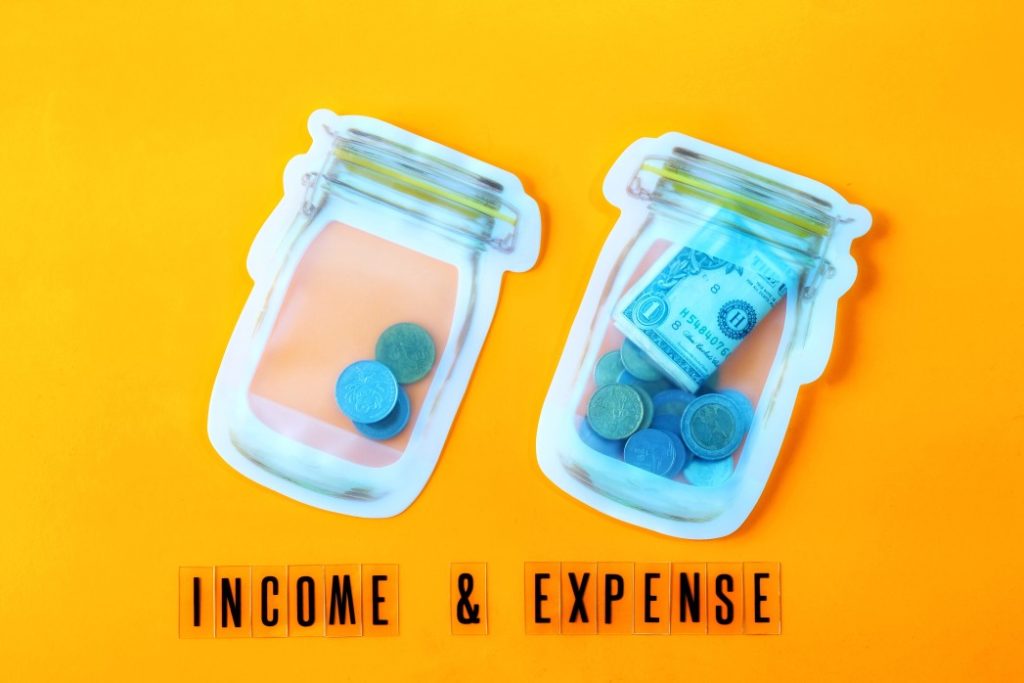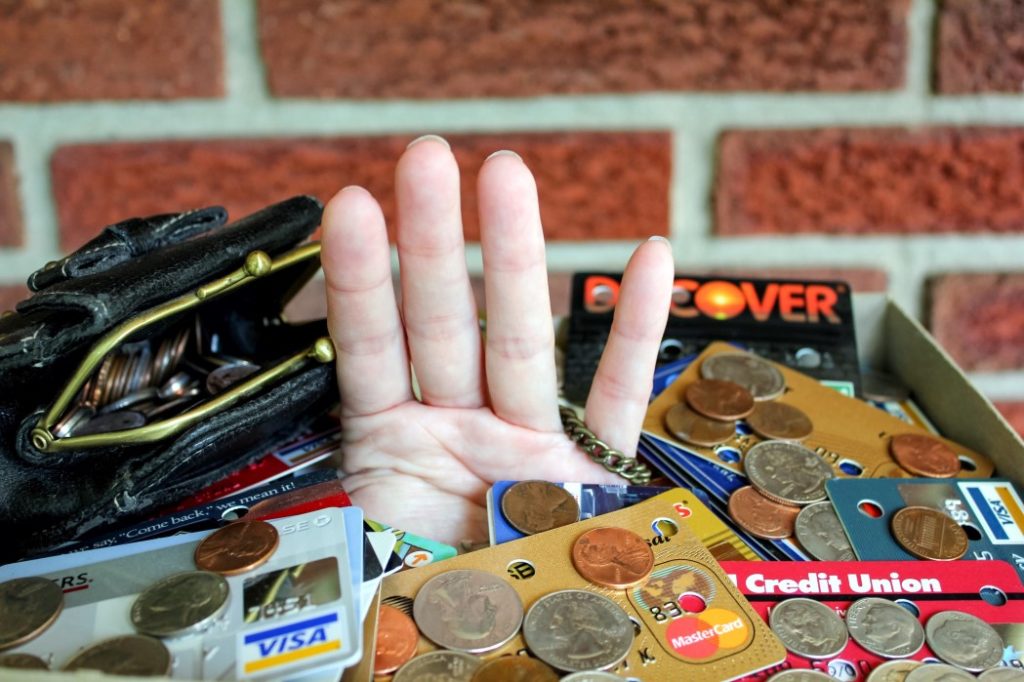Stagflation is an umbrella term that brings together the words stagnation and inflation. Stagnation in the country will lead to a decrease in the output of goods and services. The population suffers when prices increase rapidly, but economic growth is tanking. A host of problems can occur, such as high unemployment.
The events of stagnation unfold in a similar way to a self-fulfilling prophecy. Ordinary citizens in the country will often drive speculation causing households and businesses to worry. The panic within the economy will change human behavior to ensure inflation will continue to rise. With decreased confidence in the economy, inflation will continue to soar as time goes on.
The original definition of Stagflation was invented in the 1960s. During this period, there were shocks to the oil prices weekly. Economists and central bankers coined the term after Iain Macleod mentioned it in the House of Commons. It describes a time of unusually high inflation and weak economic growth.
An economy facing a recessionary period with inflation doubling until it hits double digits will heavily affect consumers. Economists often use the misery index to scientifically measure the simple sum of the inflation and unemployment rates. This measurement tool helps explain how the citizens feel about the economy.

Which U.S. presidents had to deal with Stagflation?
The last major Stagflation experienced in the United States lasted from 1965 until 1982. During this period, three presidents served in the position; however, two mainly dealt with Stagflation. Richard M. Nixon and Jimmy Carter experienced this stagflation between 1974-1975 and 1978-1982.
What is an example of Stagflation?
The most recent example of Stagflation was experienced during the 1970s in the United States.
Close to the end of the 1960s, many economic gains during post-World War II slowed down. The international market had begun to boom, and local producers faced stiff competition from other nations. Greater global competition leads to a decrease in manufacturing jobs. The rise in unemployment and excessive government expenditure in Vietnam lessened the value of the United States dollar. A weakened currency chasing a smaller amount of goods leads to inflation climbing. The growing consensus in America was a lack of faith in the currency. President Richard Nixon implemented economic measures to stabilize the economy by creating job opportunities, remedying inflation, and protecting the U.S. dollar to rectify the free-falling inflation.
The measures applied by President Nixon were as follows:
- He froze wages and prices for 90-Days.
- He implemented a 10% tariff on all imports entering the U.S.
- He took the American Dollar off the gold standard.
These measures came to be known as the “Nixon Shock.” Consumers didn’t understand the emergency measures, which meant inflation only increased. During periods of high inflation, consumers typically stay away from investment. Ultimately, President Nixon’s efforts would catalyze the Stagflation experienced during President Jimmy Carter’s presidency.
President Nixon was using the Federal Reserve to change monetary policy without handling the root cause of the Stagflation. To reduce the money supply in the economy and fight inflation, the Federal Reserve sought to collect funds from its citizens. From 1971 to 1978, the government would raise interest rates to prevent consumers from borrowing. The measure was seen as stop-and-go.

During Stagflation, any increases in oil will lead to a drastic rise in prices. As the economy worsened, the United States was placed under an oil embargo by Petroleum Exporting Countries (OPEC). This embargo was placed on the U.S. in 1973.
An increase in fuel leads businesses to pass on the expenses to the consumer. To buff up, capital reserves producers will often limit the supply of their products, given that the currency is highly volatile. When goods become more scarce, the cost of available products will double and quadruple.
When Jimmy Carter took office, the United States entered a severe recession. It required serious expenditure cuts during 1981-82. Fears of a Staginflation resurgence continued well into the 1990s. Economists argue it took more than a decade for consumers to trust the currency.
What do you do in Stagflation?
A country’s central bank will usually tackle Stagflation by reducing the money supply. This action will improve production by limiting the amount of money free-flowing in the economy. Less money chasing products in the stores will improve the currency’s value.
Is Stagflation good or bad?
A failing economy is often wrought with high prices. Stagflation is generally a miserable time for citizens. Consumers having to pay more for fewer goods causes disharmony among the population, especially without prior warning. During periods of Stagflation, products continuously increase in price; however, citizens do not have jobs due to high unemployment. Consumers begin to spend less, which slows down the earnings of producers. Eventually, the entire economy will feel the pinch of this decrease.
Economies do not quickly recover from Stagflation. The United States took over ten years to restore consumer trust in its economy. Stagflation is terrible because, during this period, households and businesses will avoid borrowing money, forcing price increases. Central bankers within the Federal Reserve have to show that they are competent enough to garner trust within the populace. A populace confident in the central government will spend more and save less, which is good for business in the economy. When a country like the United States reaches inflation over 2%, the Federal Reserve will ring the alarm bells. They will raise interest rates to reduce the money supply to tame rising inflation.
Why is Stagflation such a serious problem?
Stagflation is a severe problem because citizens can lose the value of their savings quickly. Years of diligent saving can be eliminated by doubling inflation, leaving pensioners and other vulnerable citizens stranded.







































